 An infamous image: Australian Brenton Tarrant turns his cam on himself, during his murderous live-streamed rampage.
An infamous image: Australian Brenton Tarrant turns his cam on himself, during his murderous live-streamed rampage.
Yesterday, whilst reading online about the recent Christchurch mosque shootings, I watched two clips from the shooter’s infamous livestream footage.
The first was an approximately 5-6 minute segment in which he – Australian Brenton Tarrant – drives to the location of the first of his two attacks, a Mosque in Christchurch, NZ. This first video clip contained no graphic violence. I saw it on a British online mainstream news website (I forget which network it was).
Like so much POV media one can see these days – and there’s a lot of it online, from extreme sports stuff to the body-cams of cops or soldiers in shoot outs or combat – the initial impression is one of everyday banality; man in car drives around, talking to himself/his assumed audience.
Interestingly, what this live-stream ‘selfie’ video culture does, is make real a narcissistic fantasy we all share, to differing degrees, re the interest (or lack thereof) others might take in our ‘private’ lives.
Here, however, beyond the immediate everyday banality, there are a number of worrying things to be seen and heard: the ‘first person’ view reveals the driver is wearing combat gear; the passenger seat is strewn with firearms (the weapons themselves covered in weird white writing); something in one of the footwells flashes continuously[1]; the driver’s talking in a manner calculated to alarm anyone who isn’t a racist lunatic feeding on a diet of conspiracy theory bullshit; and a weirdly eclectic playlist of music – including the pop song Fire, a British military march and a Serbian song popularly known as ‘Remove Kebab’ – accompanies the whole bizarre scenario.
Less than a week after these shocking events, which occurred on March 15th, 2019, I spent about an hour or so reading a number of versions of much the same content, splashed across multiple online mainstream media outlets.
Frustrated at their uniformity and lack of detail, I decided to try digging a bit deeper. The result was that I found a longer version of Tarrant’s footage, which appeared to contain the entirety of his first attack. Most of the images in this post are screen grabs from this longer video.
 Behind the wheel, some of Tarrant’s sizeable arsenal can be seen on the passenger seat.
Behind the wheel, some of Tarrant’s sizeable arsenal can be seen on the passenger seat.
 The homicidal zealot exits his car, intent on killing. Note combat gloves.
The homicidal zealot exits his car, intent on killing. Note combat gloves.
 One of the most horrifically iconic images from the livestream; approaching the Al Noor mosque, Tarrant prepares to open fire.
One of the most horrifically iconic images from the livestream; approaching the Al Noor mosque, Tarrant prepares to open fire.
 A chilling view, Tarrant hunts for further victims, in the mosque car park.
A chilling view, Tarrant hunts for further victims, in the mosque car park.
The location where I found what I think is the full livestream video (about 15 or so minutes?) – bestgore.com, an infamous shock site [2] that has subsequently closed – also featured a large number of user comments, mostly of an appalling sort that I won’t dignify with further attention.
What I will do, is say a few things about having seen this video, a video that most corporate sources, from governments to the media itself, quickly sought to suppress. More on this latter issue later.
One of the strangest and potentially alarming things, to my mind, and this probably reflects the saturation of media violence one is so inured to in Western culture, is that – and I guess this will surprise and upset some people who know me – I wasn’t really very shocked by the violence in itself. Why? Well, apart from the already mentioned jaded/overexposed aspect, it all resembles those very popular POV video game shoot-’em-ups.
I knew, or at least believed, that what I was witnessing was real [3]; appallingly so. But it doesn’t look any more real than countless scenes from films, or the action in many popular first-person shoot-em-up video games. Popular entertainment has revelled for so long now in much more overstated and gory violence, and to such an intense degree, that the real thing sometimes looks, ironically, ‘less than real’.
When there’s so much deliberately pornographic violence out there – from Tarantino movies to the endless quest for shock-horror baseness that underpins entire careers (Rob Zombie), and spawns such things as the Human Centipede franchise (leaching into popular culture to the extent that the latter is referenced in The Simpsons!) – in the mainstream media, the real thing, rather like a trip to Niagara Falls (which, unlike US style mass-shootings, is something I’ve experienced), winds up having less impact, even when it’s ‘real life’.
Much of the media I read before seeing the unexpurgated footage talked of ‘deeply disturbing’ footage of ‘men, women and children’ being shot. The quality of the video I saw was not HD, but blurred and grainy. And the helmet or head-cam POV makes it harder to see things clearly. Pretty much all the individuals I could make out, on first viewing, appeared to be adult males. [4]
There is one notably unfortunate woman, who crosses Tarrant’s path outside of the mosque. How he dispatches her is, perhaps somewhat strangely – given she is just the one person, whereas the men he kills are many – one of the more disturbing parts of the video. He shoots but doesn’t kill her. Leaving her wounded in the gutter, audibly crying out for help. A little later he appears to drive over her prone body. Is she dead yet? We don’t know. Clearly the callously sadistic Tarrant doesn’t care.
 Tarrant pleads guilty to all charges via video-link to the court.
Tarrant pleads guilty to all charges via video-link to the court.
Aside from this lone female victim, one of the only moments that seemed less ‘abstract’ and video-game like is when someone inside the mosque makes a desperate attempt to run past Tarrant. In doing do their head/face pass very close to the headcam. This gives a momentary semblance of individuality and humanity to what otherwise appear as random undifferentiated bodies. It’s hard to see what happens, but I don’t think this brave but terrified individual escaped alive.
Amongst the tsunami of sickening verbal effluence posted in the comments at bestgore.com, one or two people posed a counter-view. I mention these comments again because I concur with one or two points some of the more sober commenters made about Tarrant: one concerns the obvious hypocrisy of a white male of Australian nationality perpetrating such a ‘race-war’ style crimes in another similarly colonised land, New Zealand.
Tarrant published a ‘manifesto’ (a cut n paste hodge-podge of racist right wing memes and conspiracy theories which I’ve read about, but not actually read) in which he seeks to explain/justify his actions. According to summaries of its contents it’s a familiar toxic mix of far-right white-supremacist nonsense (Great Replacement Theory type stuff). In it Tarrant describes muslims and immigrants as The Invaders.
Not having read his ‘manifesto’ I don’t know if he addresses the fact that, if you follow his own logic to it’s natural and inevitable conclusion, the Maoris of NZ and the Aborigines of Australia ought to be out en-masse, rampaging through the churches and shopping malls of those nations blowing the very real white colonial Invaders off ‘their land’.
So the first critical point has to do with Tarrant’s appallingly limited , indeed, moronic lack of understanding of human genetic diversity and movement around the globe.
The second has to do with his m.o. In the footage after the first massacre, he drives off at some speed, through the streets of Christchurch, presumably en route to his second killing spree, and says a few things.
One of the things he mentions is leaving unused ammo lying around. Another is, I think, not being as methodical and thorough in his slayings as he’d like (I think he may also mention something about the victims being mostly adult males).
In this latter reflection he refers to his totally one-sided murder-spree as a ‘firefight’. Clearly, in his poisoned mind, he’s in a battle. But, obviously, a firefight requires that your enemy is also armed, and firing back. A firing squad is not a firefight! Nor was Tarrant’s brutally one-sided butchery.
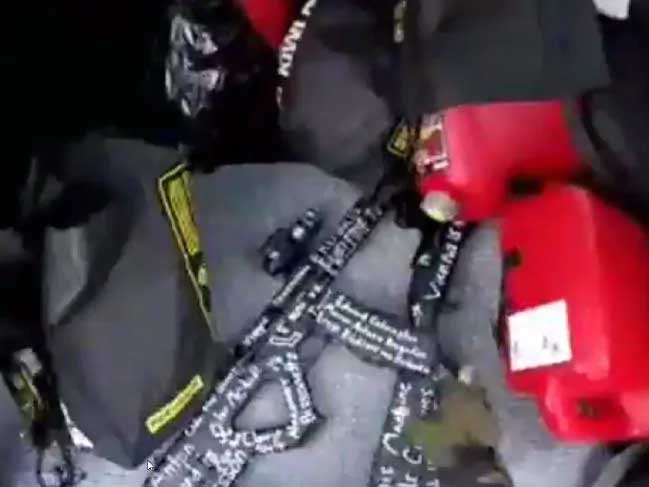 Mid-massacre, Tarrant returns to his car, to re-equip; this is what’s in his boot. The red fuel canisters were intended for use as petrol bombs.
Mid-massacre, Tarrant returns to his car, to re-equip; this is what’s in his boot. The red fuel canisters were intended for use as petrol bombs.
Click here to view a video synopsis these events.
And this brings me to the core of what some of the less demented commenters on bestgore.com were concluding: Tarrant is clearly a dumb and deluded coward. Many men turn their frustrations on themselves and commit suicide. But some, like Tarrant, turn their anger cans frustration on the world.
From serial-killers to warmongers, such folk seek to displace the sense of threatened inadequacy they feel in themselves, by manufacturing a conspiracy they can go to war against.
And for Tarrant, as with disturbingly large numbers of extreme right-wing racists, this is a war that he seemingly happily feels can be waged by the armed against the unarmed. A ‘war’ that includes as legitimate targets not only the apparently ‘fair game’ of adult males, but also women and children.
His manifesto is where he allegedly sets out why this is so: Islam seeks to displace Christianity – I don’t know where his ‘facts’/figures come from (if he has any?), nor if they have any relation to reality or not – and ‘they’, the ‘Invaders’, aka Muslim immigrants, are outbreeding whites.
According to those who have read his bilious outpourings, Tarrant specifically justifies the killing of children in terms of a strictly utilitarian argument: kill as many as you can now, including children, so your own kids have less to kill further down the road. The cold logic of such ideas is, to me, as shocking as the acts it prepares the ‘believer’ for.
Whilst on the subject of belief, I once read a rather difficult book (difficult more for its stodgy academic style than it’s disturbing content) called Believe And Destroy, which aimed to examine how and why intelligent people willingly murdered fellow humans in pursuit of Hitler’s Nazi racial policies.
The author, a Spaniard named Ingrao, reasoned that Nazism worked like a religion, cultivating a sense of belonging, and also a sense of ‘faith’. Together these would prepare believers for the transition from ordinary law-abiding citizens into mass-murderers.
I’ve also read books claiming that the category or concept of ‘race’, as commonly understood, is a false one, in terms of ‘true’ scientific categories. Whatever the reality of this latter point may be, certainly Churchill put it very well when he described the alleged reasoning behind Nazism as ‘a perverted science.’
And here we get to the rub: for Tarrant his killing-spree is justified as being an attempt to actively coerce evolution in the direction of favouring his own supposed in-group, which he identifies in terms of race and religion, i.e. white Christian.
But, of the trio of Abrahamic religions born of Jewish decent, it’s only the founding branch that, as far as I know, holds to a specifically ethnic tribal/clan/blood view of belonging (God’s chosen people, etc.). Christianity and Islam are, in theory/by contrast, open to any and all (even Judaism has evolved to the extent that non-Jews can ‘convert’); as long as the faithful meet certain criteria – wide and varying, depending on the particular sect/brand of any given religion – then racial origin/identity is irrelevant.
 Temel Atacocugus survived being shot nine times by Tarrant!
Temel Atacocugus survived being shot nine times by Tarrant!
Sam Harris, in his book The End of Faith, makes a cogent and I feel very reasonable argument as to why people might reach a point of saying ‘this far but no further’ (or, more bluntly, ‘at this point we go to war’), over how one is free or otherwise to live. Harris’ vision pits a basically rational humanist one against the devout religious believer. And I share his basic views.
It’s kind of facile and, much worse, potentially very misleading, to observe that Harris and Tarrant share some aspects of thought process: an enemy is perceived, and a stand against that enemy is taken. Crucially and very significantly it’s where they part company, massively, in how those boundaries are negotiated, how differences might be resolved, and how such social visions are manifested in personal action, that shows the gulf between their outlooks.
Harris hopes that a secular culture can grow robust enough to collectively deal with such threats, whereas Tarrant seeks the ‘lone wolf’ path of the individual terrorist, of whatever race or creed.
What all these ideas begin to reveal are complex multifaceted problems: to those who admire Tarrant’s actions – a frighteningly larger number than many would wish to believe – he’s fighting fire with fire, and taking on a personal role/responsibility, something they believe liberals like Harris comfortably abnegate, instead delegating such action to others (law enforcement, the army, etc.).
And they argue further, that liberals and intellectuals and suchlike – known disparagingly these days as ‘woke’ or ‘snowflakes’ – are like the appeasers of Hitler, failing to see in the rise of fundamentalist Islam it’s real degree of intent and threat.
If you hear some of the talking heads interviewed in Richard Dawkins far too short and overly simplistic TV series The Root Of All Evil, you might well think, as I did at the time, uh-oh, there really is a danger of Islam seeking to overthrow ‘The West’. Certainly Islam, the adolescent to Christianity’s father figure, and Judaism’s grandfather figure, can oft-times appear the most juvenile and belligerent of the three branches of Abrahamic religious descent.
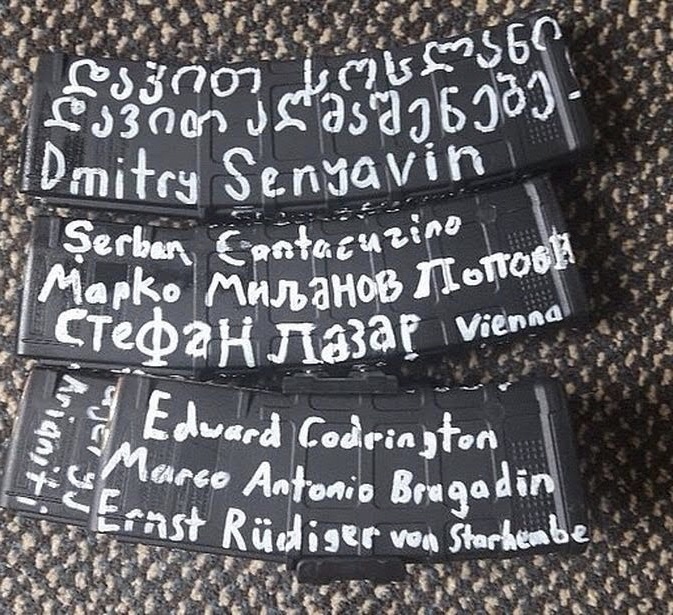 Scrawled all over spare ammo clips, white-supremacist Christian vs Muslim graffiti. Tarrant’s weapons and body armour were covered in such texts.
Scrawled all over spare ammo clips, white-supremacist Christian vs Muslim graffiti. Tarrant’s weapons and body armour were covered in such texts.
When I hear someone like the American ex-New Yorker convert to radical Islam (I don’t recall his name), in the aforementioned Root Of All Evil, ranting about ‘your women’ being ‘dressed as whores’, it is worrying. It ought to be merely sad, suggestive of, in his case, unresolved developmental and relationship issues.
It’s much the same problem we encounter in Tarrant: personal inadequacies are cloaked under a mantle of perceived societal threats. Strange fantasies evolve, allowing the individual to act aggressively in seeking to make the world conform to their damaged perceptions. Or, failing that, exacting revenge on a world they feel is letting them down.
It’s stating the obvious, I know; but tragedies like the Christchurch massacres just go to prove that, even if categories such as race or religious creed are perhaps redundant or fallacious, they remain potentially fraught and divisive ideas.
I often read things, for example I recently read Against Hate (Emcke), or before that the far superior Better Angels of Our Nature (Pinker), which appeal to reason as the way to resolve these problems. I hope fervently that this is how we proceed. But the pessimistic part of me does worry about where we’re currently headed…
NOTES:
NB: These include some stuff added much later than my original drafting and posting of this stuff, most of which was first written in the week after the events of 15th March, 2019.
If you’re interested in how the NZ government reacted to and dealt with the livestream footage that Tarrant put out, and which was viewed a lot online at the time – some of which I saw – and for some time after the events, read this.
It’s also worth knowing that people seeking to distribute the video in NZ have been jailed for their actions, under the legal codes to which the above link relates.
 This still from Tarrant’s livestream video shows him firing through the front windscreen (whilst driving!).
This still from Tarrant’s livestream video shows him firing through the front windscreen (whilst driving!).
[1] This turns out to be a strobe light weapon-fitting, used to disorientate ‘targets’, making them easier to dispatch.
[2] Hosted by Mark Marek, an Eastern European guy living in Canada, bestgore.com achieved worldwide notoriety when Luka Magnotta posted his home-made snuff movie ‘One lunatic, one ice-pick’ to the website.
[3] The bestgore.com posting of Tarrant’s livestream footage was littered with comments suggesting the video is faked. Most of these comments were, it was clear from the context, not worthy of the slightest attention. One or two, however, did make mention of a section in the film where Tarrant fire one of his guns through his own front windscreen, with – they allege – no discernible effect on the glass. On first viewing it did look that way. I must admit I did find that surprising and weird. But close study of the still above suggests one can see window damage, in the form of cracks. Tarrant also fires through his left passenger side window at one point, and the glass shatters, as you’d expect it to. The whole firing through the front windscreen bit makes me think that if he is indeed doing what he appears to be doing, then he presumably knew that he could do so. Me being a firearms dunce, having almost no experience with them, I would’ve assumed that one ought not fire in an enclosed space (ricochets, flying debris/shrapnel, etc.). Perhaps the weapon has such a high-velocity it can be fired through glass or whatever without significant deflection? And perhaps it’s simply that the video resolution is sufficiently poor it’s hard to see the holes the bullets make in the front windscreen? Anyway, as far as I’m aware, the overwhelming consensus is that Tarrant’s footage is, tragically, all too genuine.
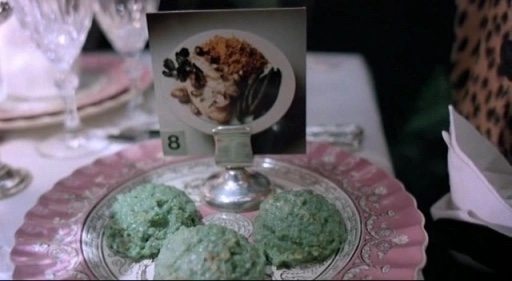




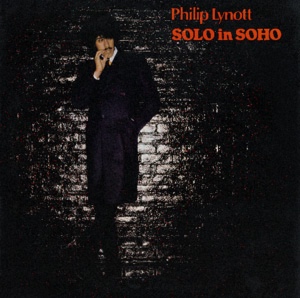




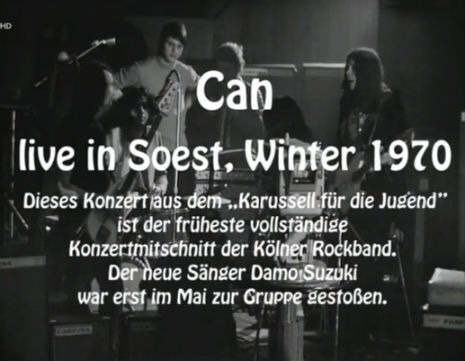
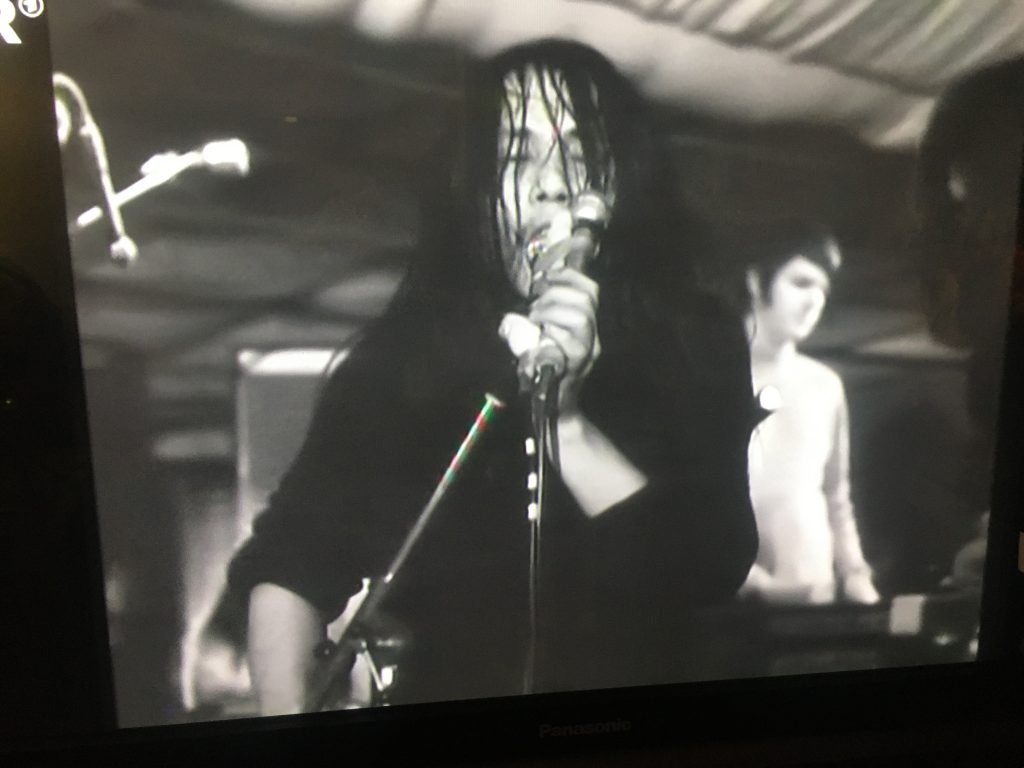












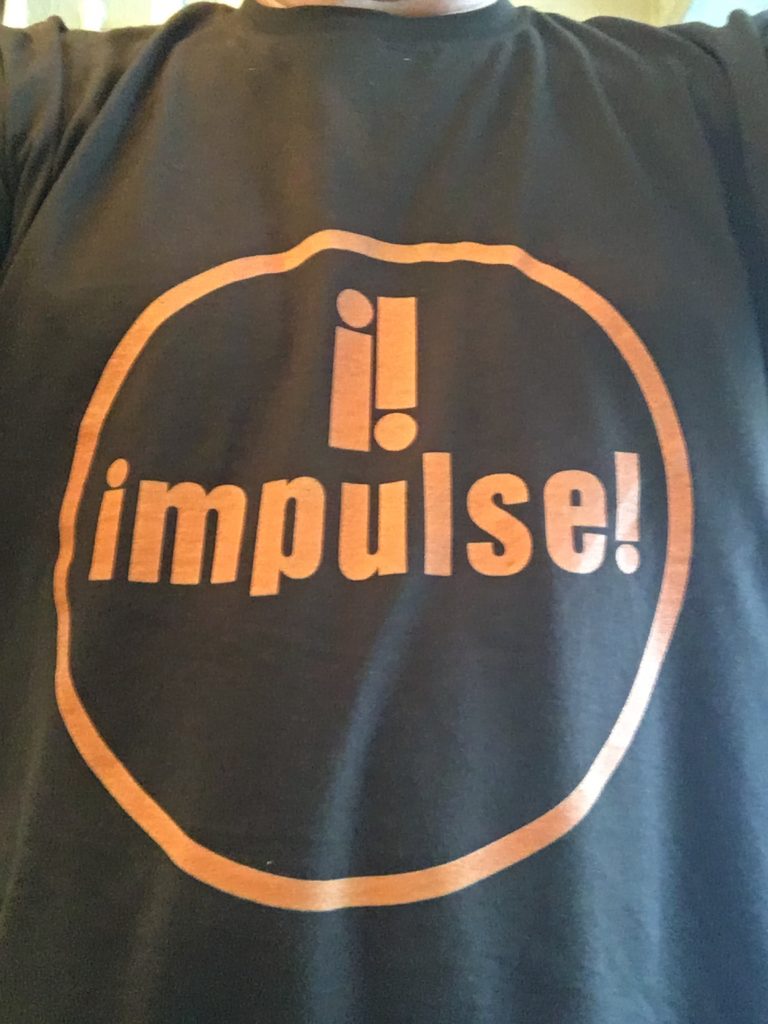
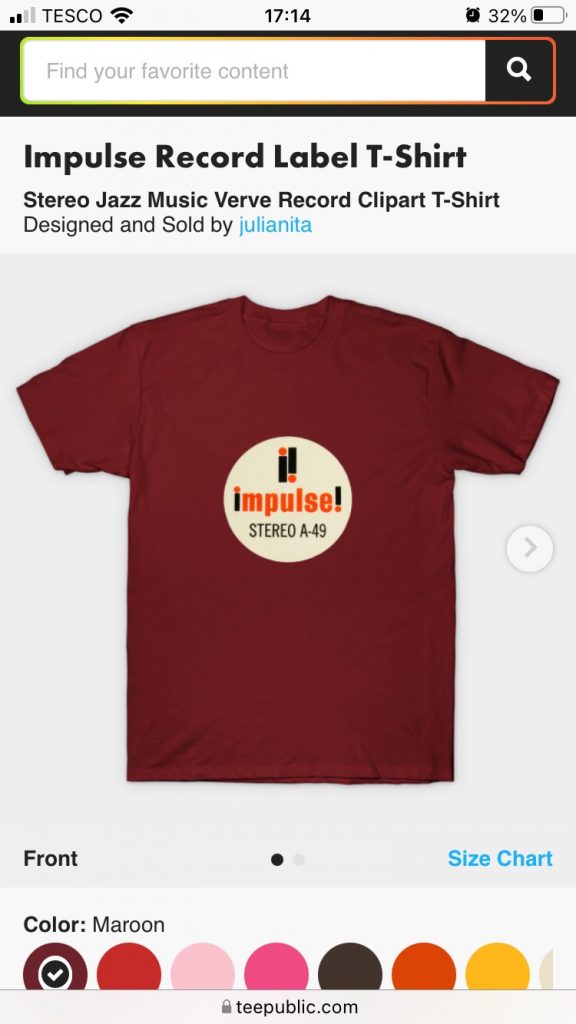



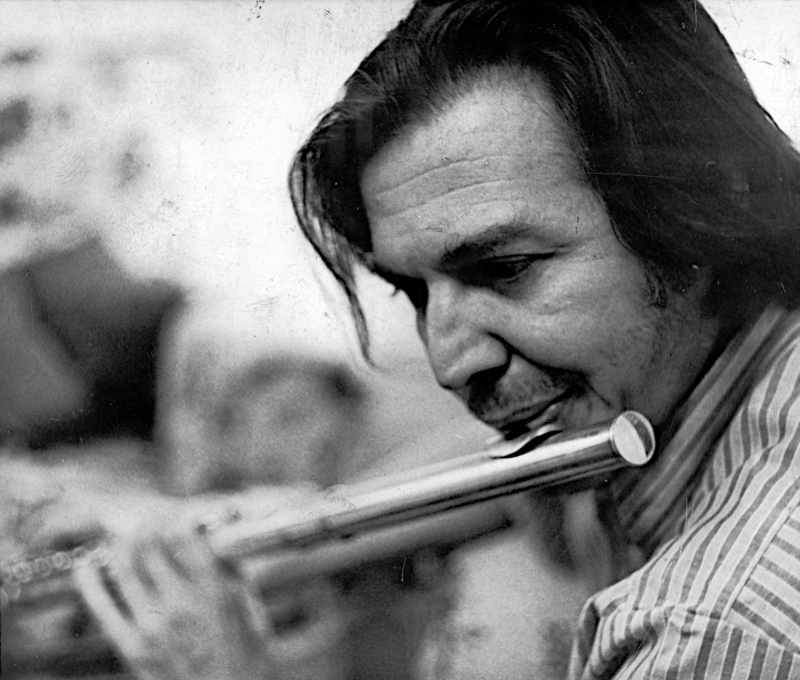






 An infamous image: Australian Brenton Tarrant turns his cam on himself, during his murderous live-streamed rampage.
An infamous image: Australian Brenton Tarrant turns his cam on himself, during his murderous live-streamed rampage. Behind the wheel, some of Tarrant’s sizeable arsenal can be seen on the passenger seat.
Behind the wheel, some of Tarrant’s sizeable arsenal can be seen on the passenger seat. The homicidal zealot exits his car, intent on killing. Note combat gloves.
The homicidal zealot exits his car, intent on killing. Note combat gloves. One of the most horrifically iconic images from the livestream; approaching the Al Noor mosque, Tarrant prepares to open fire.
One of the most horrifically iconic images from the livestream; approaching the Al Noor mosque, Tarrant prepares to open fire. A chilling view, Tarrant hunts for further victims, in the mosque car park.
A chilling view, Tarrant hunts for further victims, in the mosque car park. Tarrant pleads guilty to all charges via video-link to the court.
Tarrant pleads guilty to all charges via video-link to the court. Mid-massacre, Tarrant returns to his car, to re-equip; this is what’s in his boot. The red fuel canisters were intended for use as petrol bombs.
Mid-massacre, Tarrant returns to his car, to re-equip; this is what’s in his boot. The red fuel canisters were intended for use as petrol bombs. Temel Atacocugus survived being shot nine times by Tarrant!
Temel Atacocugus survived being shot nine times by Tarrant! Scrawled all over spare ammo clips, white-supremacist Christian vs Muslim graffiti. Tarrant’s weapons and body armour were covered in such texts.
Scrawled all over spare ammo clips, white-supremacist Christian vs Muslim graffiti. Tarrant’s weapons and body armour were covered in such texts. This still from Tarrant’s livestream video shows him firing through the front windscreen (whilst driving!).
This still from Tarrant’s livestream video shows him firing through the front windscreen (whilst driving!).